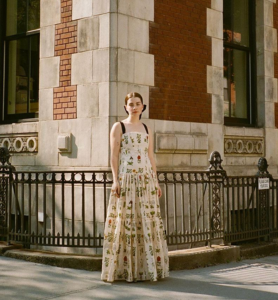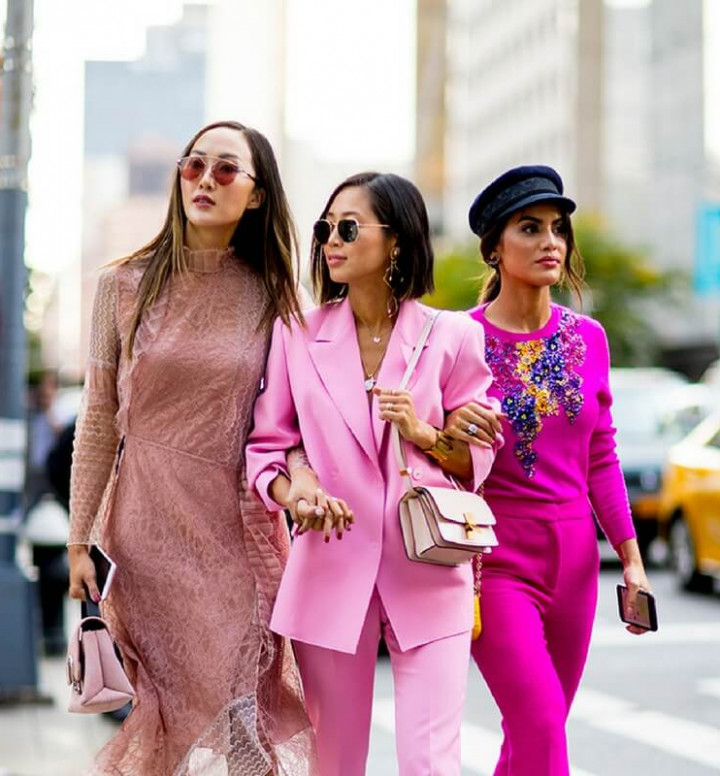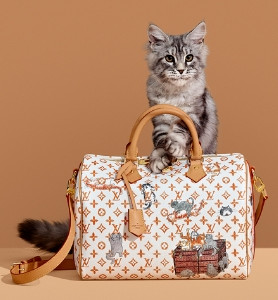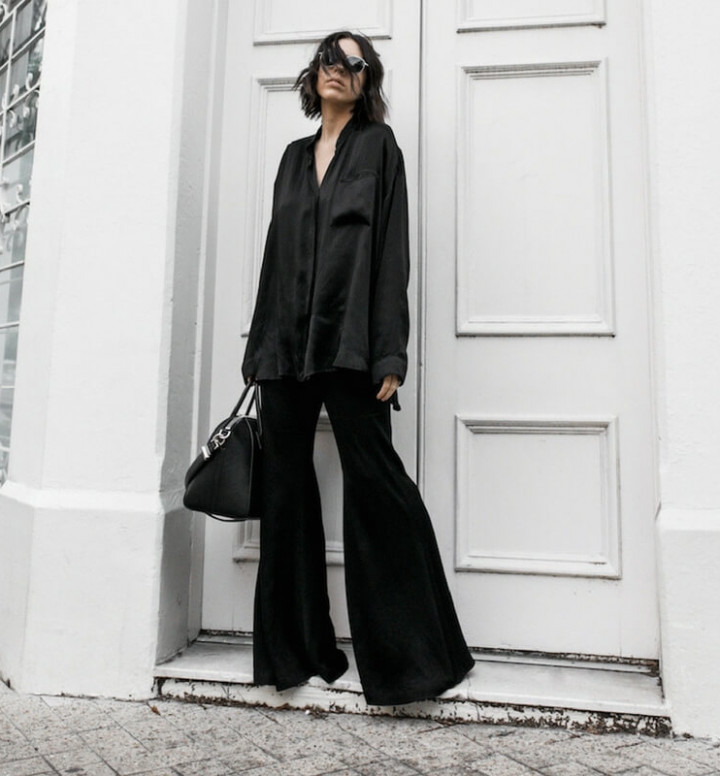What Gucci’s latest campaign with Emily Ratajkowski tells us about fashion’s big shift
Fashion loves a comeback—but the most compelling one right now isn’t about a hemline or heel height. It’s about a logo. Specifically, Gucci’s GG monogram, which returns in the brand’s latest campaign starring Emily Ratajkowski. Shot in Cannes by Daniel Arnold, the images aren’t loud or over-styled; they’re lived-in, observational, quiet. And that’s the point. The GG, once the badge of overt luxury, is recast here as something closer to instinct—a mark you wear not to be seen, but to be understood.
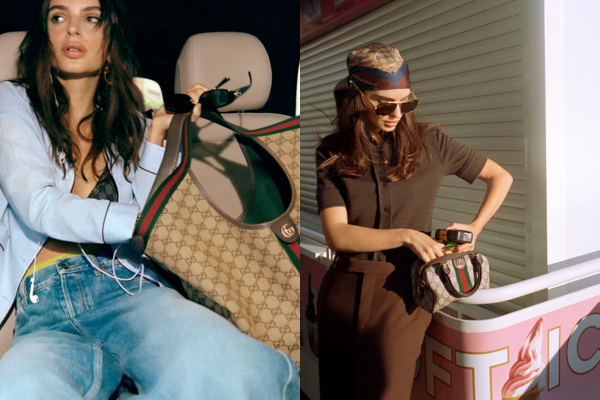
This isn't just about Gucci. Across the fashion industry, there’s a clear turn inward—toward familiarity, legacy, and visual continuity. Heritage codes are everywhere again, but they’re worn with a different kind of intent. They don’t scream status anymore; they suggest something slower, steadier, more emotionally tethered. In a culture worn thin by micro-trends and constant reinvention, the return to symbols like the GG feels less like nostalgia and more like self-preservation.
Gucci’s campaign reintroduces archival silhouettes and new pieces like the Giglio handbag—named for Florence’s centuries-old lily emblem and crafted with old-world techniques—as well as updates to the Ophidia line, whose soft, monogrammed forms trace back to the ’70s. These are not statement bags. They’re character studies. You don’t carry them to make an entrance; you carry them to feel anchored. Even the new Mini GG duffle—a nod to vintage valigeria—is more about continuity than novelty.
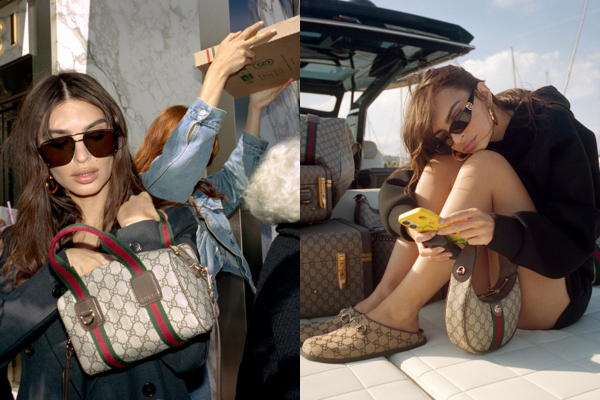
What’s emerging is a new kind of logomania: one less about flex and more about familiarity. The monogram, in this mode, becomes a wearable memory. A visual code passed between generations, style tribes, or simply the past and present versions of yourself. It's no longer about newness for its own sake. It's about garments and accessories that are recognisable, not for being everywhere, but for being yours.
So while the campaign might look like a sunlit stroll through Cannes, what it really suggests is a shift in pace. After years of churn, fashion appears to be craving something enduring. A logo that holds meaning. A bag that doesn’t need to be new to be relevant. A name you already know, worn again—and somehow, more honestly—than before.



